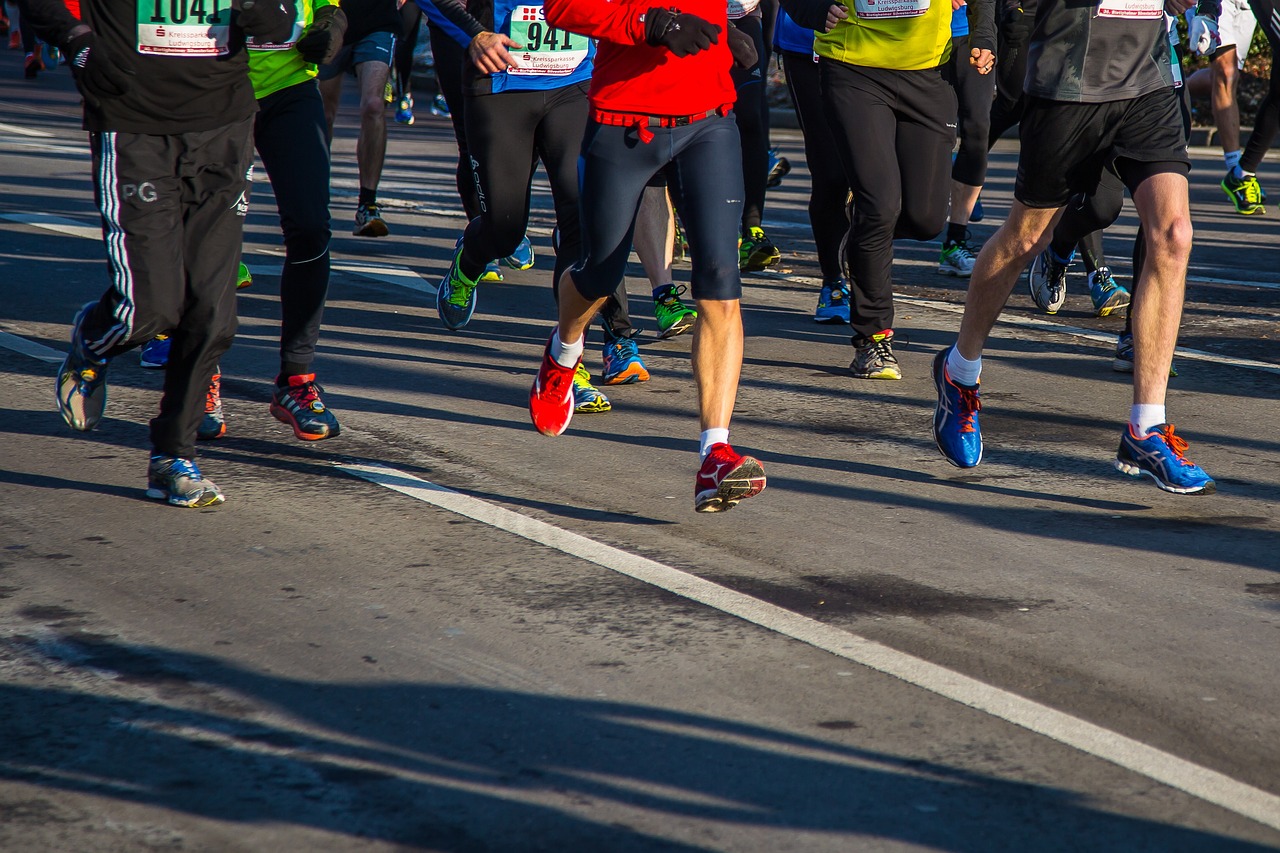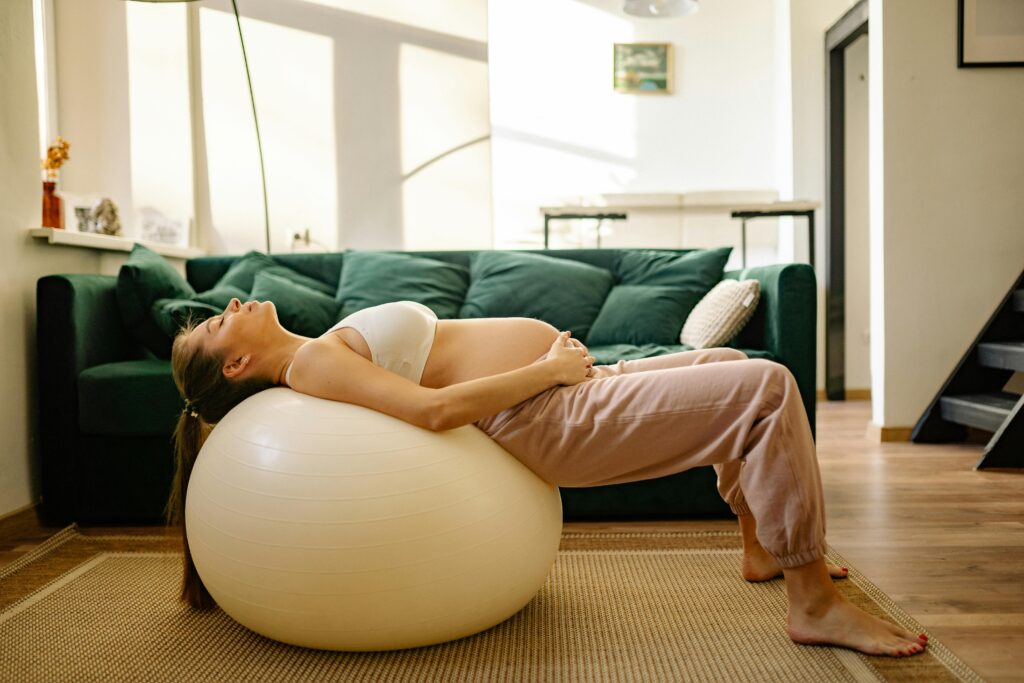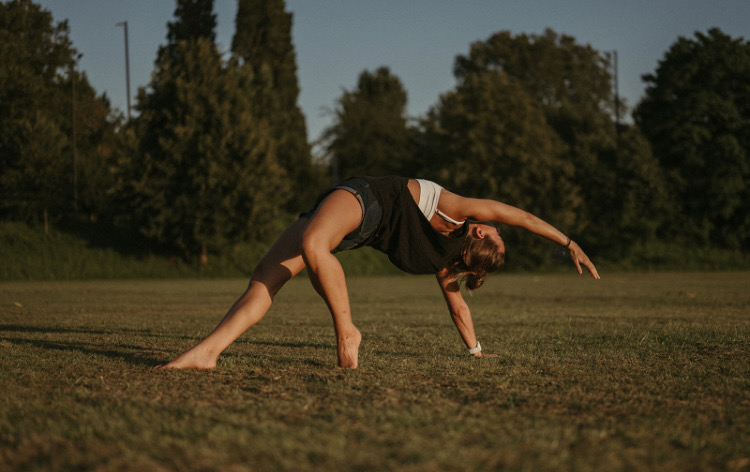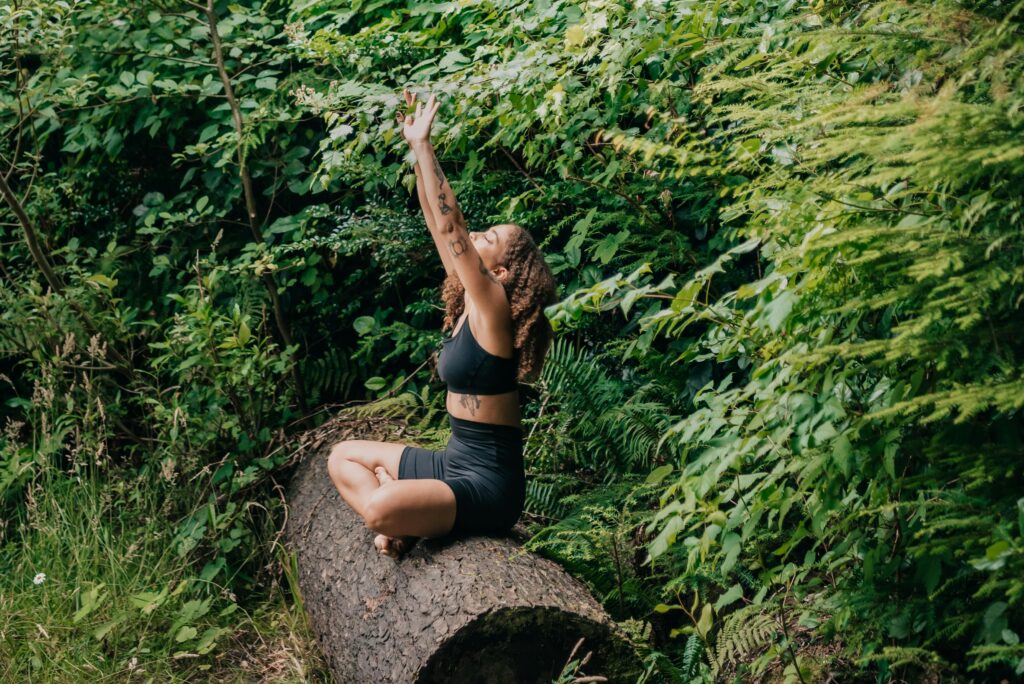
Keep Safe With Yoga
I’ve had a few requests recently regarding injuries which can occur whilst practising yoga and the best practise to avoid these. Its’s important to remember that we are all built differently and are wonderfully unique. Some of us have deeper set hips than others, tighter hamstrings or hyper mobile joints and it is important to modify our practice to suit the way we are built, pushing ourselves to the best of our capabilities safely whilst also finding acceptance of our limitations and keeping safe with yoga practice.
Healthy Spine
We cannot be too careful with our spines. Many of us have at least a slight hernia in the lumbar spine (L4/L5) area due to prolonged periods sitting at our desks. Many yoga teachers instruct forward folds with straight legs and rounding through the lower spine. This can apply unwanted pressure to this vulnerable area. For those with weaknesses around this area of the spine be mindful to keep the knees bent and the spine long as you bring your chest to your thighs. When releasing the posture to a standing position keep the knees bent and the back flat, engaging through the core, abdominal muscles to protect your spine.
Hamstrings
Many flexible people are attracted to yoga as the complicated poses are easier for them and who doesn’t enjoy feeling as though they are good at something. However, those with more flexibility also tend to injure themselves more frequently as with flexibility also comes instability. Therefore, when a flexible student who hasn’t developed enough core strength folds forwards from the hips this puts immense strain on the top end of the hamstring tendon. This could result in a tear which could take a long while to repair. So what to do? Core, core, core. In yoga we refer to the muscles around our abdomen as our ‘core’ as it is the centre of our being. To keep safe in our yoga practice, It is so important to get and keep strength in our core for mobility, power, balance and protection of our spine. If you know you are hyper-mobile or are very flexible in some areas be mindful to concentrate your practice to asanas and sequences which work on strengthening your core. For more info on these exercises drop me an email at annamayayoga@yahoo.com
Neck
The cervical spine is a delicate structure and must be handled with care. Particular care must be taken when working on shoulderstand and headstand as a lot of pressure can be misdirected to the neck if performed incorrectly. For headstand, you must be able to lift up using your core strength. If you cannot, then you aren’t ready for this asana just yet. The shoulders need to be retracted using the rhomboids, mid and lower trapeze muscles for stability. The neck should be extended in a neutral position and the weight must fall through the arms not the head. Asana which build core strength (boat, plank)and arm, shoulder strength (chaturanga dandasana, dolphin) are the best preparation for these more advanced postures.
So… keep safe and away from injury. Get to know your body and how you’re built and be mindful to adjust your practise accordingly to reap the most benefits.
For more information or to practice with me please click here.
Love and light.
Anney xx




